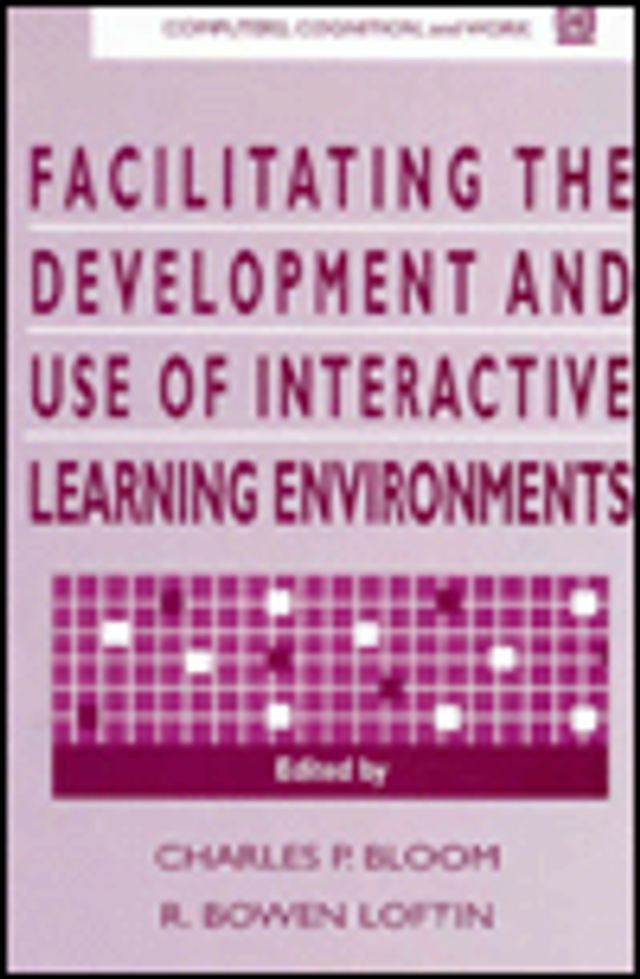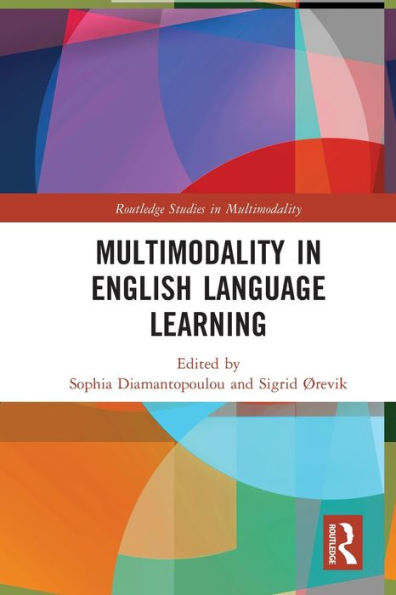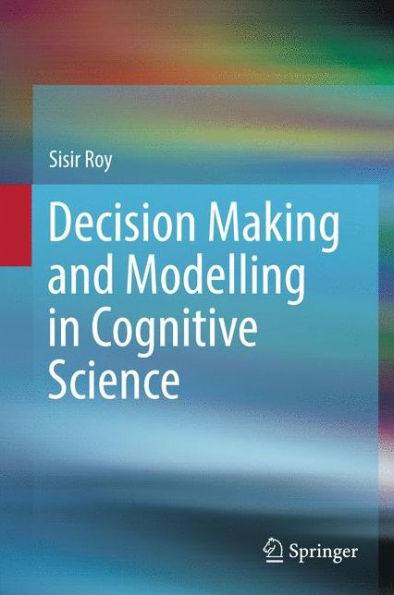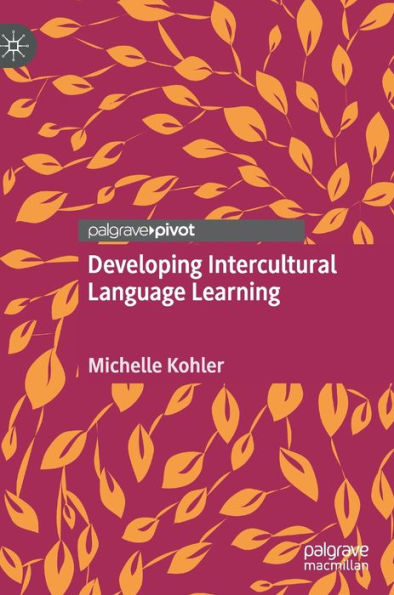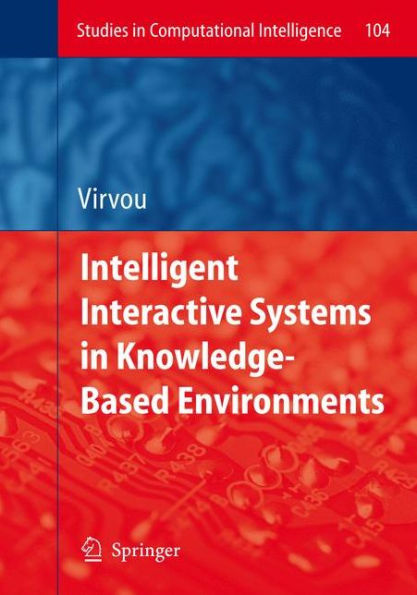Home
Cognitive Modelling and Interactive Environments in Language Learning
Loading Inventory...
Barnes and Noble
Cognitive Modelling and Interactive Environments in Language Learning
Current price: $109.99


Barnes and Noble
Cognitive Modelling and Interactive Environments in Language Learning
Current price: $109.99
Loading Inventory...
Size: OS
*Product Information may vary - to confirm product availability, pricing, and additional information please contact Barnes and Noble
The papers in this book are the result of the NATO conference "Cognitive Modelling and Inter active Environments" that was held in Mierlo, the Netherlands, November 5 - 8, 1990. Within the framework of the NATO Advanced Research Workshops this invitational conference was naturally on learning, but it emphasized a number of factors that are not generally treated in dis cussions on learning and specifically in computer-assisted learning. It was realized by the orig inators of the conference that, with respect to computer-assisted instruction, the stage has not nearly been reached where it is well known how a successful interactive instructional environment has to be created. This contrasts strongly with the sheer number of computerized learning programs that exist already and continue to be produced. Frequently the motivation to create a computer-assisted learning program is heavily connected with a scientific discipline. Logically it is the proper task for instructional science to produce instructional programs. The high degree of formalization in linguistics allows one often in a straightforward way, to au tomate learning programs for language instruction. Artificial intelligence, in its endeavour to capture basic principles of knowledge representation and knowledge acquisition, leads naturally to Intelligent Tutoring Systems. Computer science is the logical breeding ground for programs that manipulate knowledge for many different students, that register actions reliably, and that automate parts of time-intensive teaching tasks. The joint concern of all of these approaches is the transfer of knowledge.



